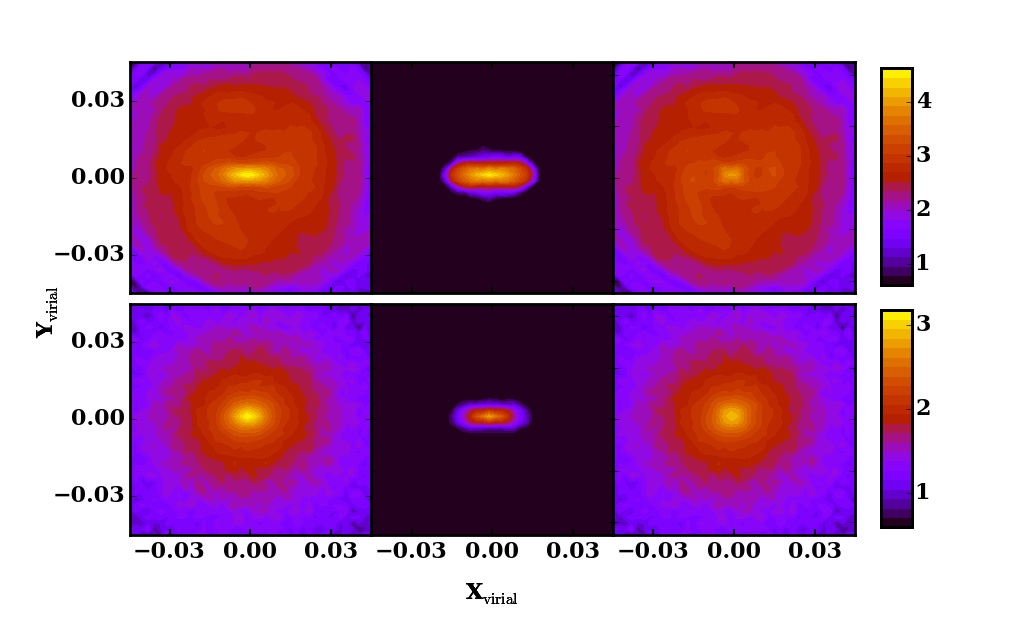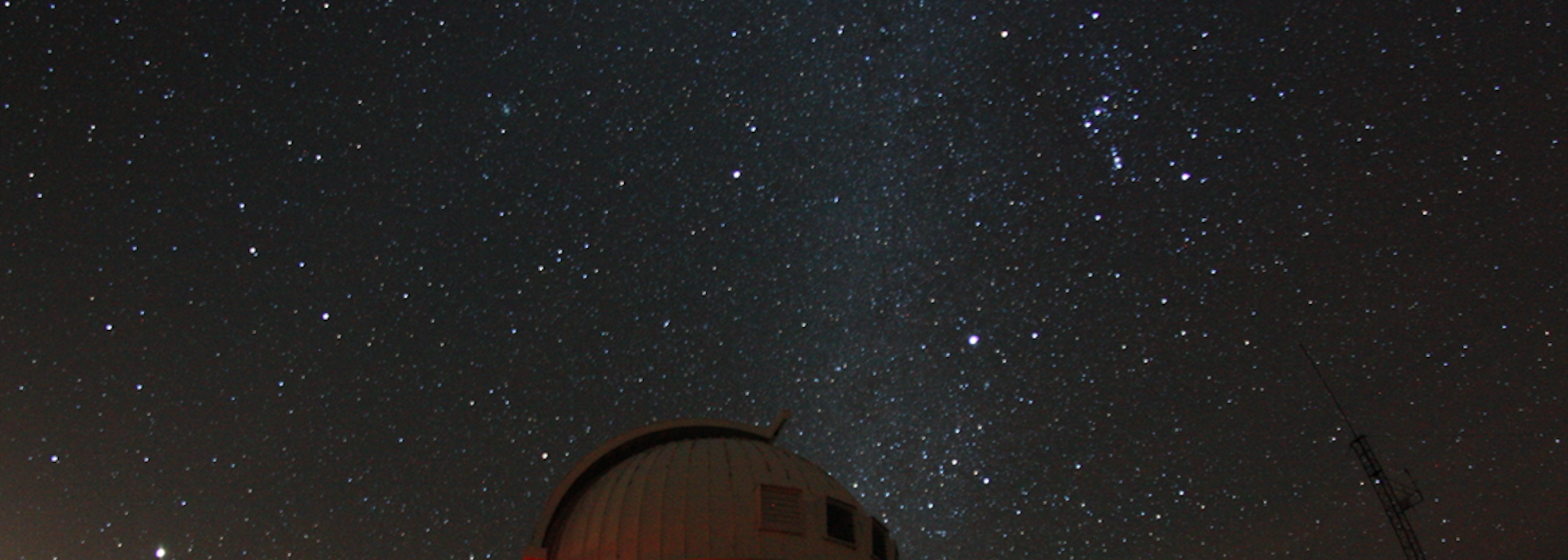Research Overview
Milky Way-Large Magellanic Cloud interation. Milky Way secular evolution. Structure formation and velocity fields in barred galaxies. Basis Function Expansions. Linear Response calculations. Mock stellar catalogs. Dark matter halo dynamics. High precision n-body simulations. Numerical techniques.
If you are a student at the University of Edinburgh or the University of Massachusetts (Amherst) and want to work on or discuss any of the above, please get in touch! I have a lot of projects at various levels that are just looking for the right researcher.



